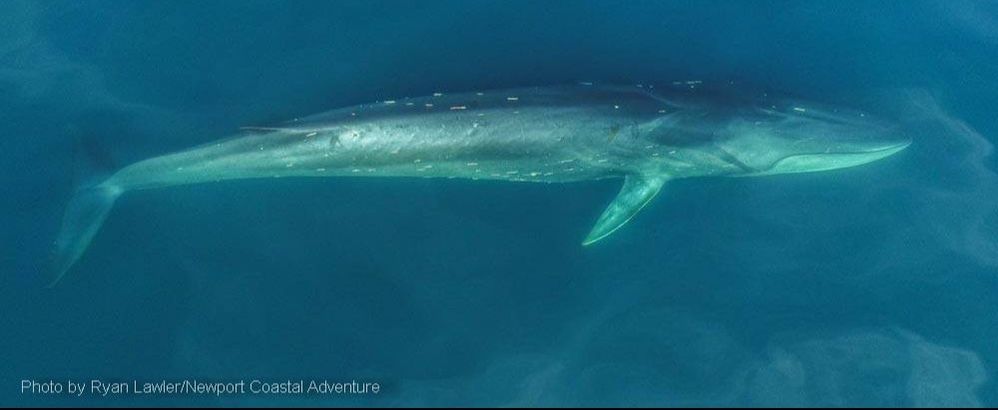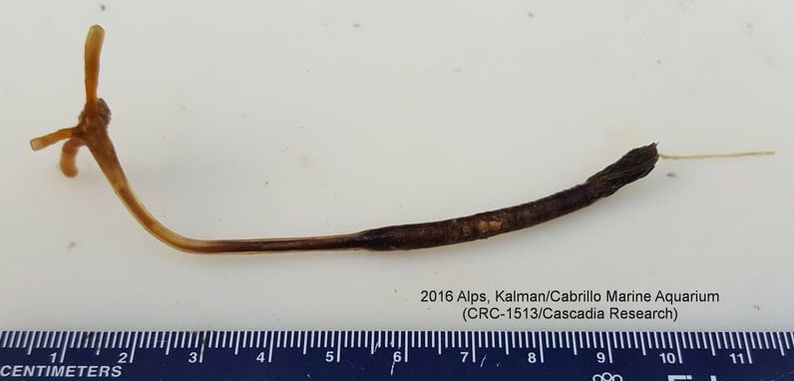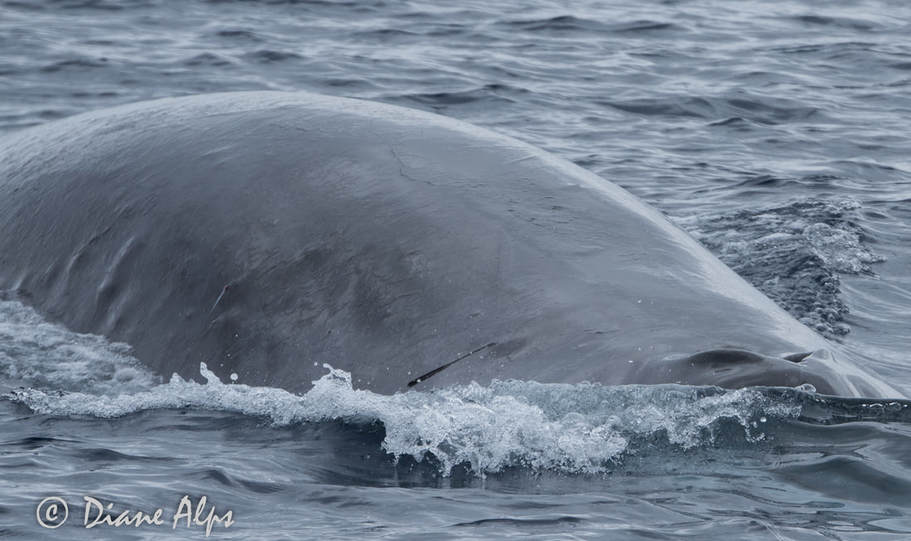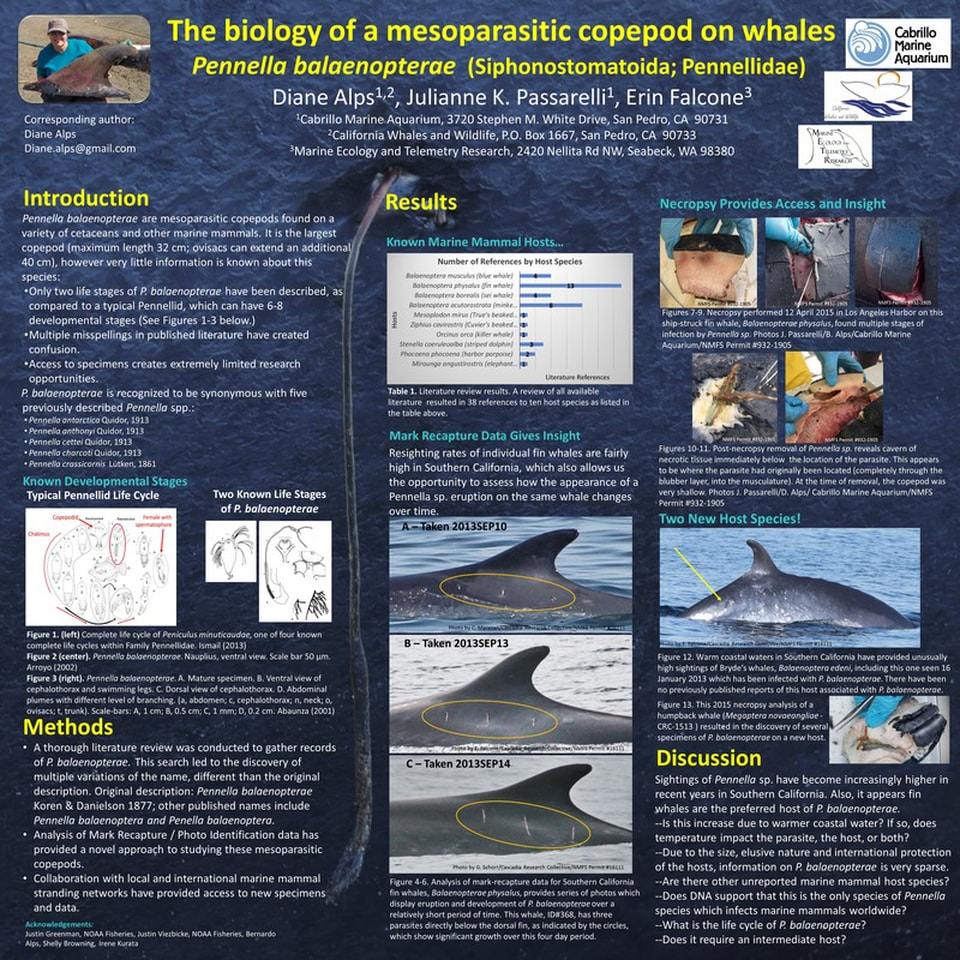Pennella balaenopterae
A parasitic copepod found on whales
Request for specimens/information
Pennella balaenopterae are mesoparasites found on a (limited) variety of cetaceans and other marine mammals. These crustaceans are the largest of the parasitic copepods, at a length of up to 32cm. P. balaenopterae is morphologically similar to Pennella filosa, which is more commonly found on large fishes, but has also been reported on marine mammals.
Information on P. balaenopterae is quite sparse; there is very little knowledge of the life cycle of this species. There is also a question as to proper identification of the species, primarily due to difficulty in acquiring complete and intact specimens from marine mammals (the head region is required!)
Extraction from stranded cetaceans is the primary source by which to study Pennella. Collection techniques are provided in the link below to aide stranding networks in the collection of complete and intact specimens.
Additionally, review of photo identification collections of fin whales in southern California has shown that this is a valuable opportunity to survey P. balaenopterae growth, abundance and occurrence rates.
Here’s how you can help:
Collection methods (please add to your necropsy protocols) : https://tinyurl.com/pennellacollection
See scientific poster at the bottom of this page for more information, including photos. (or view the PDf here: https://tinyurl.com/pennellaposter
Information on P. balaenopterae is quite sparse; there is very little knowledge of the life cycle of this species. There is also a question as to proper identification of the species, primarily due to difficulty in acquiring complete and intact specimens from marine mammals (the head region is required!)
Extraction from stranded cetaceans is the primary source by which to study Pennella. Collection techniques are provided in the link below to aide stranding networks in the collection of complete and intact specimens.
Additionally, review of photo identification collections of fin whales in southern California has shown that this is a valuable opportunity to survey P. balaenopterae growth, abundance and occurrence rates.
Here’s how you can help:
- Do you have, or know of, Pennella in a museum collection? If so, let’s talk! I’d love to take a look at the specimen, and record the data from its collection.
- Do you work with a stranding response network? Please add the collection techniques to your sampling protocols. It is a rare opportunity to acquire these specimens!
- Are you involved in cetacean photo ID? Valuable information can be accessed through re-sighting evidence. Let’s talk about how you can contribute to this project.
Collection methods (please add to your necropsy protocols) : https://tinyurl.com/pennellacollection
See scientific poster at the bottom of this page for more information, including photos. (or view the PDf here: https://tinyurl.com/pennellaposter






